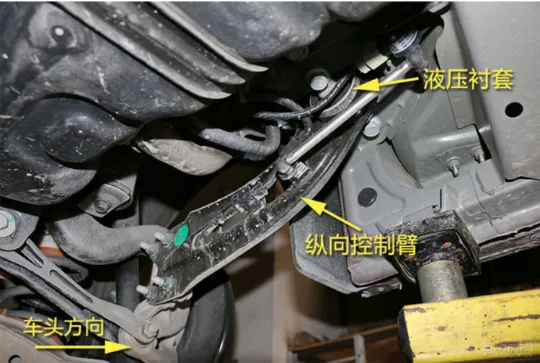Exploring the Measurements and Specifications of 100 Watt Solar Panels for Efficient Energy Solutions
Understanding 100 Watt Solar Panel Dimensions
As the world increasingly turns to renewable energy sources, solar power has become a popular choice for homeowners and businesses alike. Among the various options available, the 100 watt solar panel is a frequently selected component for various applications ranging from household energy solutions to small-scale off-grid systems. Understanding the dimensions of 100 watt solar panels is crucial for effective installation and space management.
Typically, 100 watt solar panels come in a standard size that allows for easy installation and compatibility with various mounting systems. The dimensions of a 100 watt solar panel can vary slightly among manufacturers, but most panels measure approximately 39 inches by 26 inches (1,000 mm by 660 mm). This compact size makes them suitable for a range of applications, including RVs, boats, and small homes, where space can often be a constraint.
Understanding 100 Watt Solar Panel Dimensions
It is important to consider not only the panel dimensions but also its weight, which generally falls around 15-20 pounds (7-9 kg). Understanding the weight is crucial, especially when considering the mounting options. For instance, lighter panels may be more suitable for rooftop installations, whereas heavier panels might require more robust mounting systems to ensure stability and safety.
100 watt solar panel dimensions

One of the key attributes of 100 watt solar panels is their efficiency and output. Although they are not the most powerful panels available on the market, their size allows for easy integration into diverse environments. Each panel can generate approximately 300-400 watt-hours of electricity per day, depending on factors such as sunlight exposure, angle of installation, and weather conditions. For many users, particularly those who require a modest amount of power for devices like lights, fans, or small appliances, these panels offer a practical solution.
When planning to install 100 watt solar panels, it's essential to assess the available space and the intended use. For example, multiple panels can be mounted together to create a larger solar array to meet higher energy demands. In a typical installation, you might find two to four 100 watt panels working in tandem, which would provide between 200 to 400 watts of power.
Moreover, understanding the dimensions of the solar panels aids in the design of the overall solar energy system, including the inverter, charge controller, and battery storage if applicable. It helps potential users visualize how these components will fit within their existing space and how they will interact with each other to maximize efficiency.
In conclusion, the dimensions of 100 watt solar panels make them a versatile choice for various applications, especially for those with limited space. Their manageable size and output capabilities allow individuals to adopt solar energy without the need for large-scale installations. As solar technology continues to evolve, these compact panels will play a critical role in promoting sustainable energy practices and reducing reliance on traditional energy sources. Understanding their dimensions, weight, and potential applications is the first step toward harnessing the power of the sun effectively.
-
Understanding the Advantages of Solar String Inverters for Your Energy SystemNewsApr.29,2025
-
Choosing the Right PV Inverter: A Comprehensive GuideNewsApr.29,2025
-
The Future of Solar Power: Exploring Bifacial Solar PanelsNewsApr.29,2025
-
The Complete Guide to Solar Panels: Efficiency, Cost, And InstallationNewsApr.29,2025
-
The Best Options for Efficiency and Cost-EffectivenessNewsApr.29,2025
-
Harnessing the Power of Off-Grid Solar Inverters for Energy IndependenceNewsApr.29,2025







